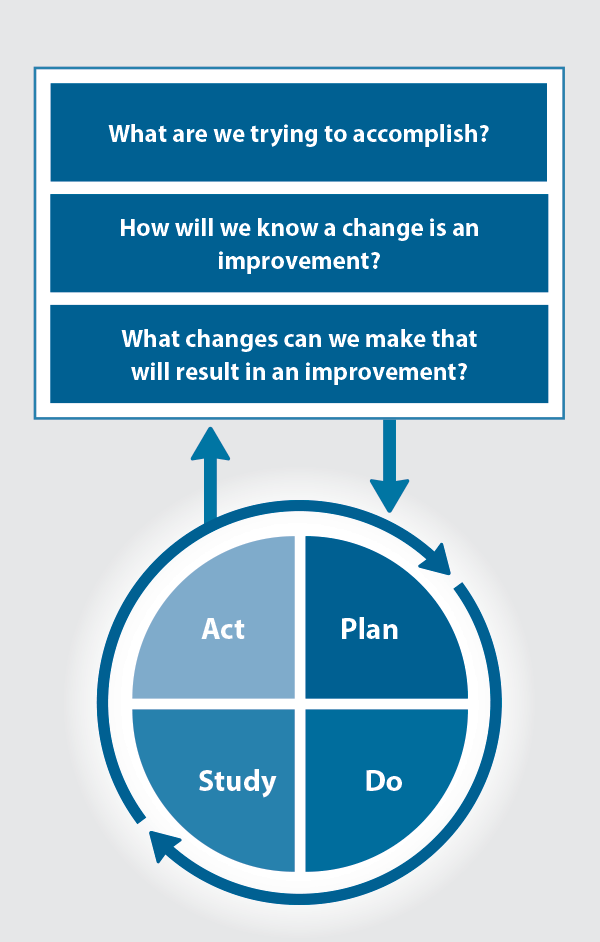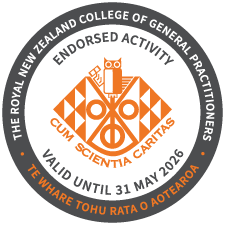This audit identifies patients aged 65 years and over who are taking an antipsychotic medicine to assess whether there is an ongoing indication for treatment, whether non-pharmacological interventions have been discussed and if treatment has recently been reviewed.
Older people are particularly vulnerable to the adverse effects associated with antipsychotic medicines, which are often prescribed off-label and sometimes for inappropriate indications, e.g. insomnia. Non-pharmacological interventions should be used first-line and continued if an antipsychotic medicine is initiated. These medicines should only be prescribed if they are likely to be beneficial for the condition being treated and the patient is closely monitored for the development of intolerable or serious adverse effects. Treatment should be initiated as a trial at the lowest dose likely to provide therapeutic benefit. Indefinite treatment is not appropriate in most cases.
- Not recommended for the treatment of insomnia. Antipsychotic medicines, particularly quetiapine, are frequently prescribed off-label to treat insomnia as the sedative effects may be useful in some cases, e.g. patients with psychosis. However, they should not be considered a first-line treatment and behavioural methods should be prioritised, i.e. sleep hygiene techniques.
- May be used in the short-term for anxiety or depression if other medicines have been ineffective. There is some evidence that antipsychotic medicines may be effective for generalised anxiety disorder or depression, but the risk of adverse effects, particularly in older people, means that they should generally be avoided for these conditions.
- Second-line treatment for the behavioural and psychological symptoms of dementia (BPSD). Antipsychotic medicines may be considered for patients with BPSD if aggression, agitation or psychotic symptoms are causing severe distress or an immediate risk of harm to the patient or others. However, they are not useful for treating symptoms such as wandering, shouting, touching or social withdrawal, or intermittent symptoms related to a specific trigger. Avoid antipsychotic medicines in patients with Lewy body dementia or Parkinson’s disease with dementia.
For further information on the appropriate use of antipsychotic medicines in older people, see: www.bpac.org.nz/report/2020/antipsychotic-medicines.aspx
Summary
This audit identifies patients aged 65 years and over who have been prescribed an antipsychotic medicine, to determine whether ongoing use is appropriate.
Recommended audit standards
Ideally, all patients taking an antipsychotic medicine should have documented evidence in their patient record of an indication for ongoing treatment, a discussion of non-pharmacological interventions and a recent treatment review. Any patients who do not have the recommended information in their clinical notes should be flagged for review.
 Alternatively, consider a “working audit” where the data sheet is completed opportunistically during consultations for any reason with an eligible patient until the required number of patients has been reached. If conducting a “working audit” and there is no record of the recommended information in the patient’s clinical notes, a medicine review should be undertaken at the time or a future appointment booked.
Alternatively, consider a “working audit” where the data sheet is completed opportunistically during consultations for any reason with an eligible patient until the required number of patients has been reached. If conducting a “working audit” and there is no record of the recommended information in the patient’s clinical notes, a medicine review should be undertaken at the time or a future appointment booked.
Eligible patients
All patients aged 65 years and over who are prescribed an antipsychotic medicine are eligible for this audit.
Identifying patients
You will need to have a system in place that allows you to identify eligible patients and audit their clinical notes. Many practices will be able to do this by running a “query” through their PMS to find all patients aged 65 years and over who are prescribed an antipsychotic.
If conducting a “working audit”, fill in the data sheet when you have a consultation for any reason with an eligible patient until the required number of patients has been reached.
Sample size
The number of eligible patients will vary according to your practice demographic. A sample size of 20 to 30 patients is sufficient for this audit. A smaller sample size may be necessary if conducting a working audit.
Criteria for a positive outcome
For a positive result, the patient’s clinical notes should contain a record of:
- An indication for ongoing antipsychotic medicine use
- A discussion (and implementation if appropriate) of non-pharmacological interventions
- A review of treatment effectiveness and adverse effects in the last three to six months. Ideally, patients should be reviewed frequently after an antipsychotic medicine is first initiated and again at three months.
Data analysis
Use the sheet provided to record your data. The percentage achievement can be calculated by dividing the number of patients with a positive result by the total number of patients audited. In the working audit (Data sheet B), aim to carry out an antipsychotic medicine review for as many eligible patients as possible within your chosen timeframe.
Clinical audits can be an important tool to identify where gaps exist between expected and actual performance. Once completed, they can provide ideas on how to change practice and improve patient outcomes. General practitioners are encouraged to discuss the suitability and relevance of their proposed audit with their practice or peer group prior to commencement to ensure the relevance of the audit. Outcomes of the audit should also be discussed with the practice or peer group; this may be recorded as a learning activity reflection if suitable.
The Plan, Do, Study, Act (PDSA) model is recommended by the Royal New Zealand College of General Practitioners (RNZCGP) as a framework for assessing whether a clinical audit is relevant to your practice. This model has been widely used in healthcare settings since 2000. It consists of two parts, the framework and the PDSA cycle itself, as shown in Figure 1.

Figure 1. The PDSA model for improvement.
Source: Plan, Do, Study, Act (PDSA) cycles and the model for improvement
1. The framework
This consists of three questions that help define the “what” and “how” of an improvement project (in this case an audit).
The questions are:
- "What are we trying to accomplish?" – the aim
- "How will we know that a change is an improvement?" – what measures of success will be used?
- "What changes can we make that will result in improvement?" – the concept to be tested
2. The PDSA cycle
This is often referred to as the “engine” for creating, testing and carrying out the proposed changes. More than one cycle is usually required; each one is intended to be short, rapid and frequent, with the results used to inform and refine the next. This allows an ongoing process of continuous learning and improvement.
Each PDSA cycle includes four stages:
- Plan – decide what the change to be tested is and how this will be done
- Do – carry out the plan and collect the data
- Study – analyse the data, assess the impact of the change and reflect on what was learned
- Act – plan the next cycle or implement the changes from your plan

Claiming credits for Te Whanake CPD programme requirements
Practice or clinical audits are useful tools for improving clinical practice and credits can be claimed towards the Patient Outcomes (Improving Patient Care and Health Outcomes) learning category of the Te Whanake CPD programme, on a two credit per learning hour basis. A minimum of 12 credits is required in the Patient Outcomes category over a triennium (three years).
Any data driven activity that assesses the outcomes and quality of general practice work can be used to gain credits in the Patient Outcomes learning category. Under the refreshed Te Whanake CPD programme, audits are not compulsory and the RNZCGP also no longer requires that clinical audits are approved prior to use. The college recommends the PDSA format for developing and checking the relevance of a clinical audit.
To claim points go to the RNZCGP website: www.rnzcgp.org.nz
If a clinical audit is completed as part of Te Whanake requirements, the RNZCGP continues to encourage that evidence of participation in the audit be attached to your recorded activity. Evidence can include:
- A summary of the data collected
- An Audit of Medical Practice (CQI) Activity summary sheet (Appendix 1 in this audit or available on the
RNZCGP website).
N.B. Audits can also be completed by other health professionals working in primary care (particularly prescribers), if relevant. Check with your accrediting authority as to documentation requirements.





